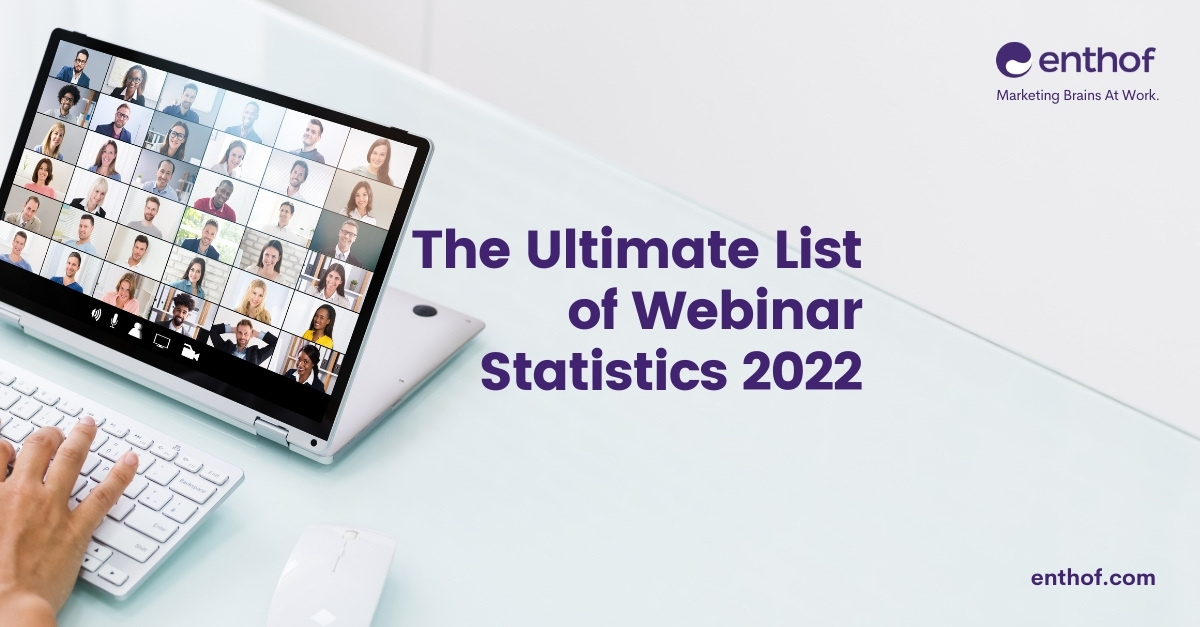Find Where Your Customers are Going (And Meet Them There)
As people were forced to stay at home more due to COVID-19, they turned to social media in even greater numbers than before, seeking hope, encouragement, and community in an unprecedented period. Understanding how people think and act differently about social media is crucial for your post-pandemic company mindset.
You must first determine which social media sites have had the most traffic since the pandemic began. During the epidemic, the top social media destinations include:
Facebook was the most popular social media platform, with 78.1 percent of adults in the United States using it. The next most popular social media, Instagram, was utilized by nearly half of adults (49.5%).
There were nine billion more minutes spent on social media in March 2020 than there were in January 2020, when stay-at-home instructions became prevalent. That’s a significant change in a short period of time.
Another important tendency emerged: customers wanted the facts of the COVID-19 pandemic to be highlighted in social media ads. Customers valued brands that provided practical advise on how to deal with the epidemic 85% of the time (85%). This advise could include everything from healthy habits to kid-friendly activities to keep the kids occupied during long days at home.
Kellogg’s, a food maker, is an excellent example of a corporation that rapidly recognized and responded to this shift in thinking. The organization noticed an increase in recipe searches and used social listening to better understand its audience’s demands. What was the reaction? A fun “21 Days 21 Breakfast Recipes” promotion aimed towards families looking for a range of nutritious and delicious breakfast options.
Kellogg’s discovered that its YouTube ad was well-received by its target demographic. The campaign attracted over 20 million views in its first weeks.
What does this Imply for Your Company?
It’s critical to understand your clients’ social media habits. You’ll need to figure out which social media sites your customers use and establish a presence there. Take the time to learn about the requirements, wants, and desires of your customers.
Analyze new customer behaviors and attitudes in your niche and apply what you’ve learned to re-learn how people interact with your items. Communicate practical advise that your audience can put to use whenever possible to demonstrate that you’re committed to assisting them through a difficult period.
About the Author
 Donald Gonsalves is the founder of Enthof Creatives and a regular writer for the website’s blog. He has more than 2 decades of experience in marketing, sales and branding. His need to research and learn more about these segments in never ending. To contact him, just drop an email to donald.g@sh118.global.temp.domains
Donald Gonsalves is the founder of Enthof Creatives and a regular writer for the website’s blog. He has more than 2 decades of experience in marketing, sales and branding. His need to research and learn more about these segments in never ending. To contact him, just drop an email to donald.g@sh118.global.temp.domains
Follow him on Linkedin – https://www.linkedin.com/in/donaldgonsalves



